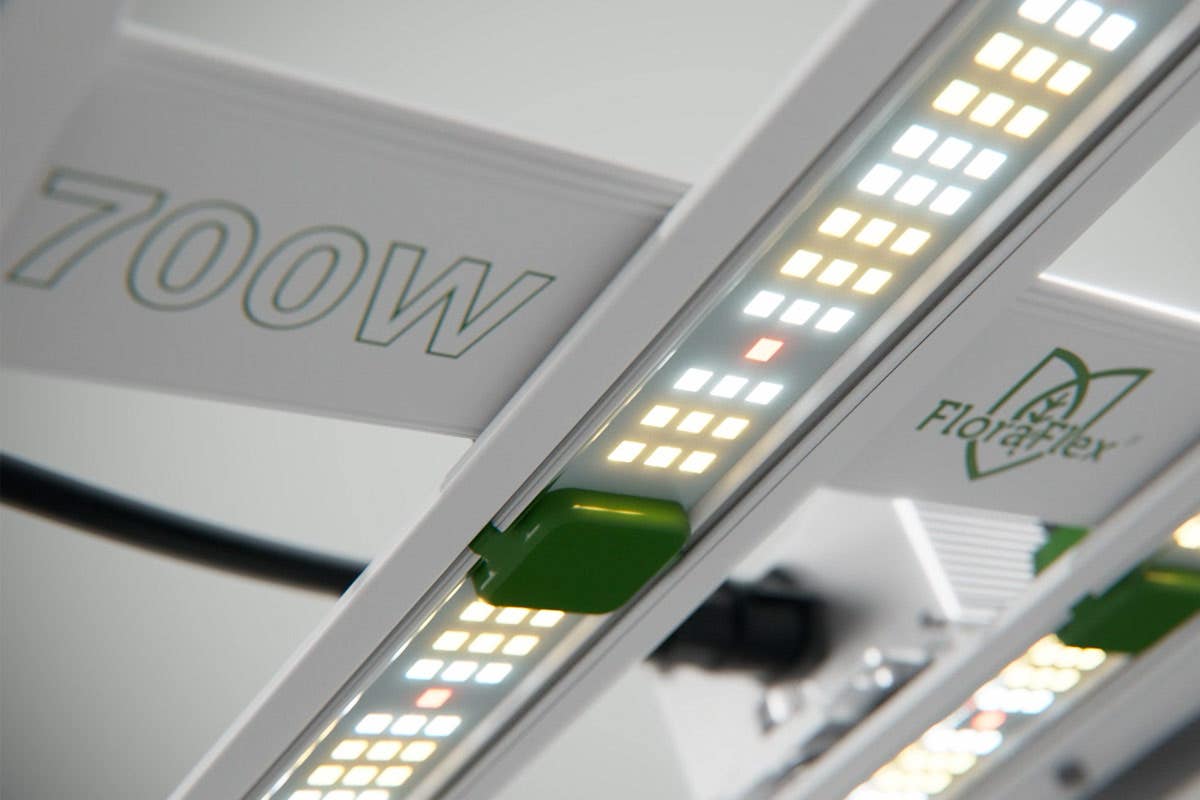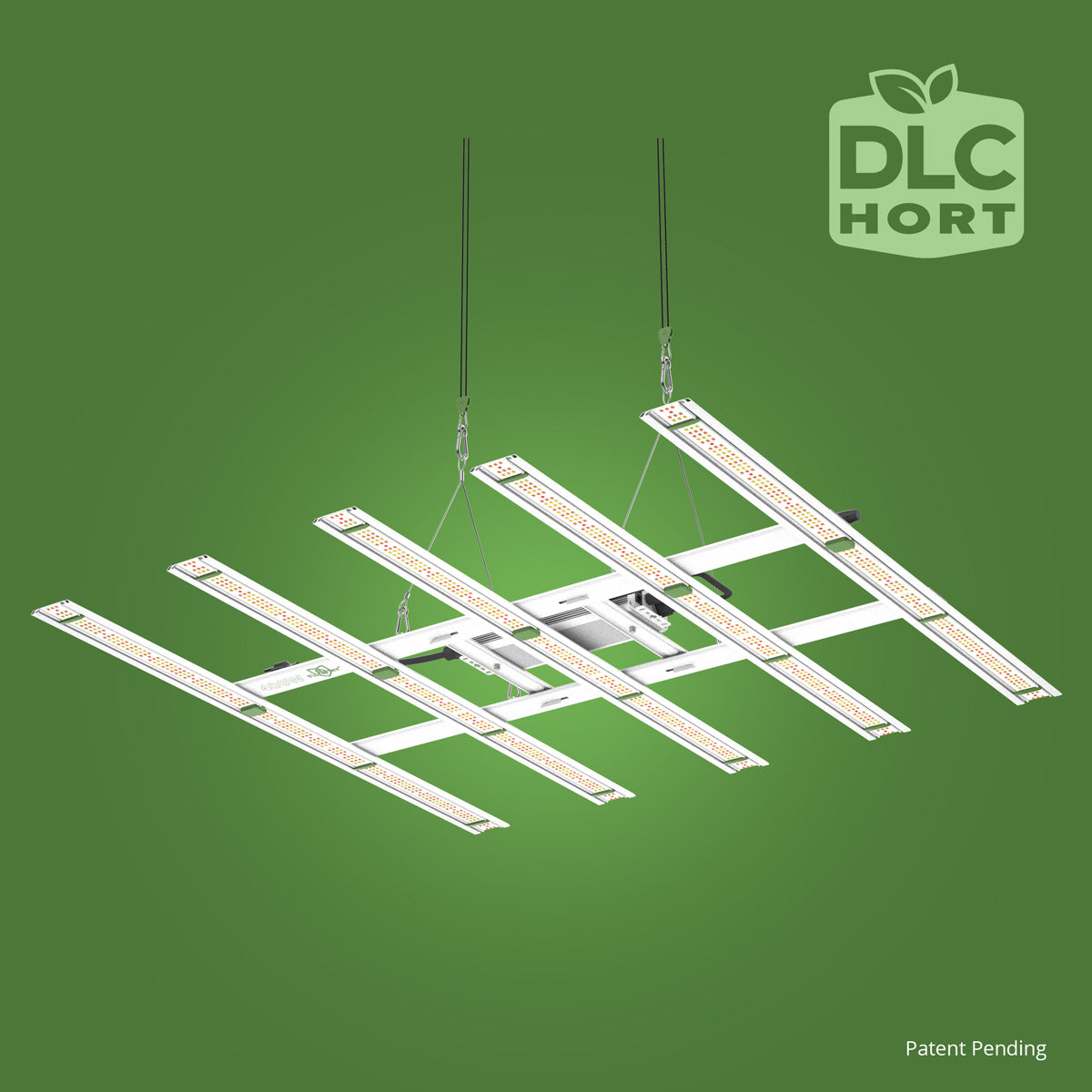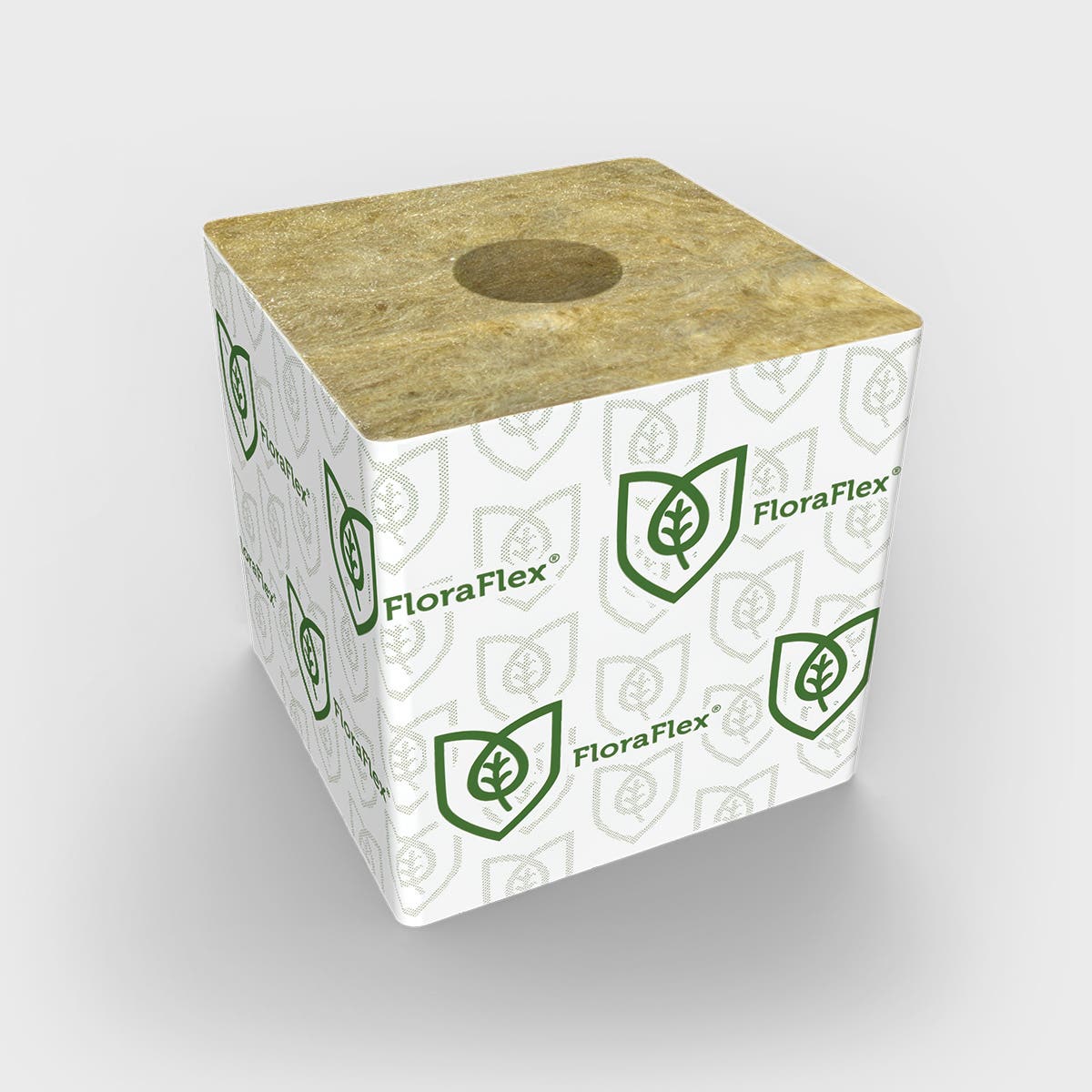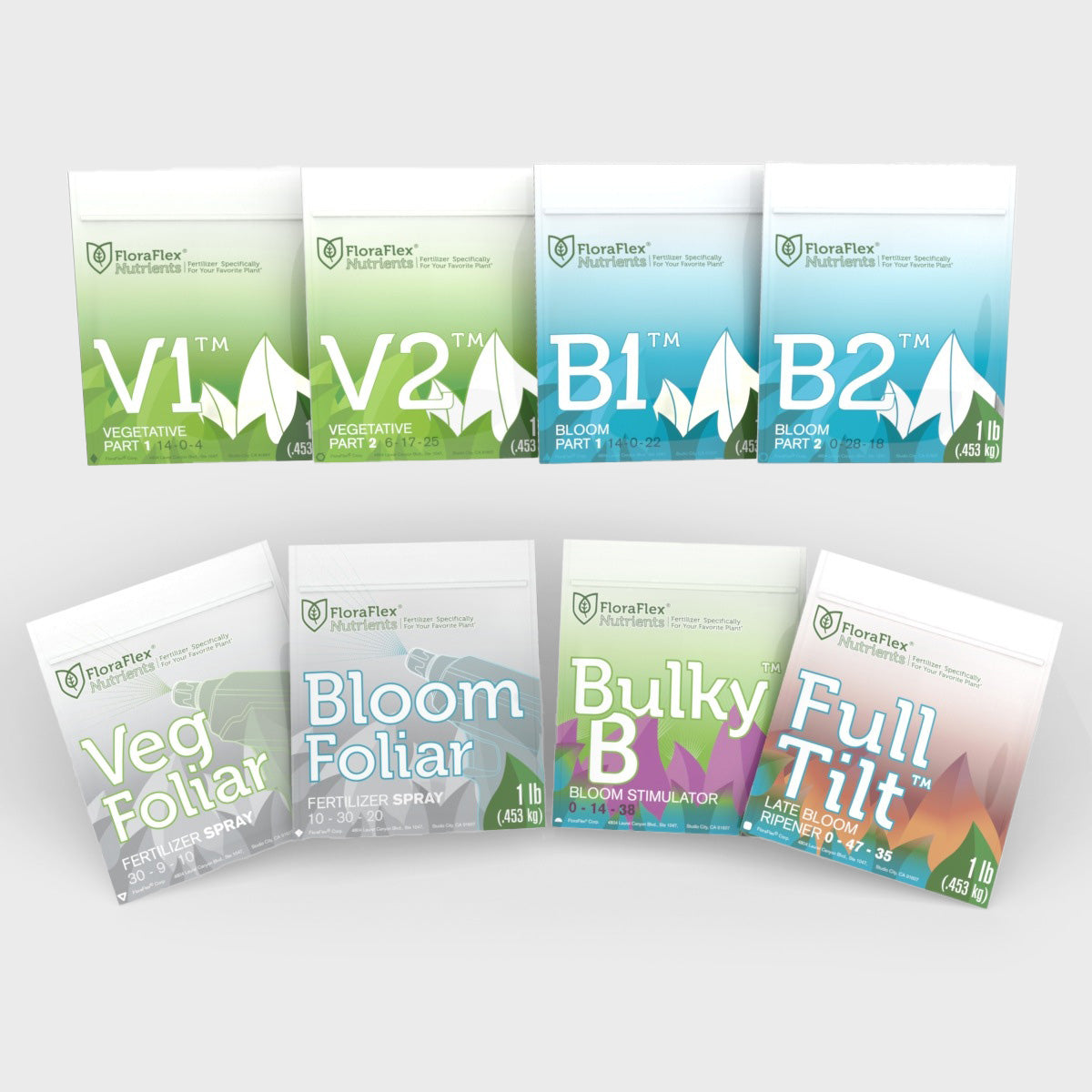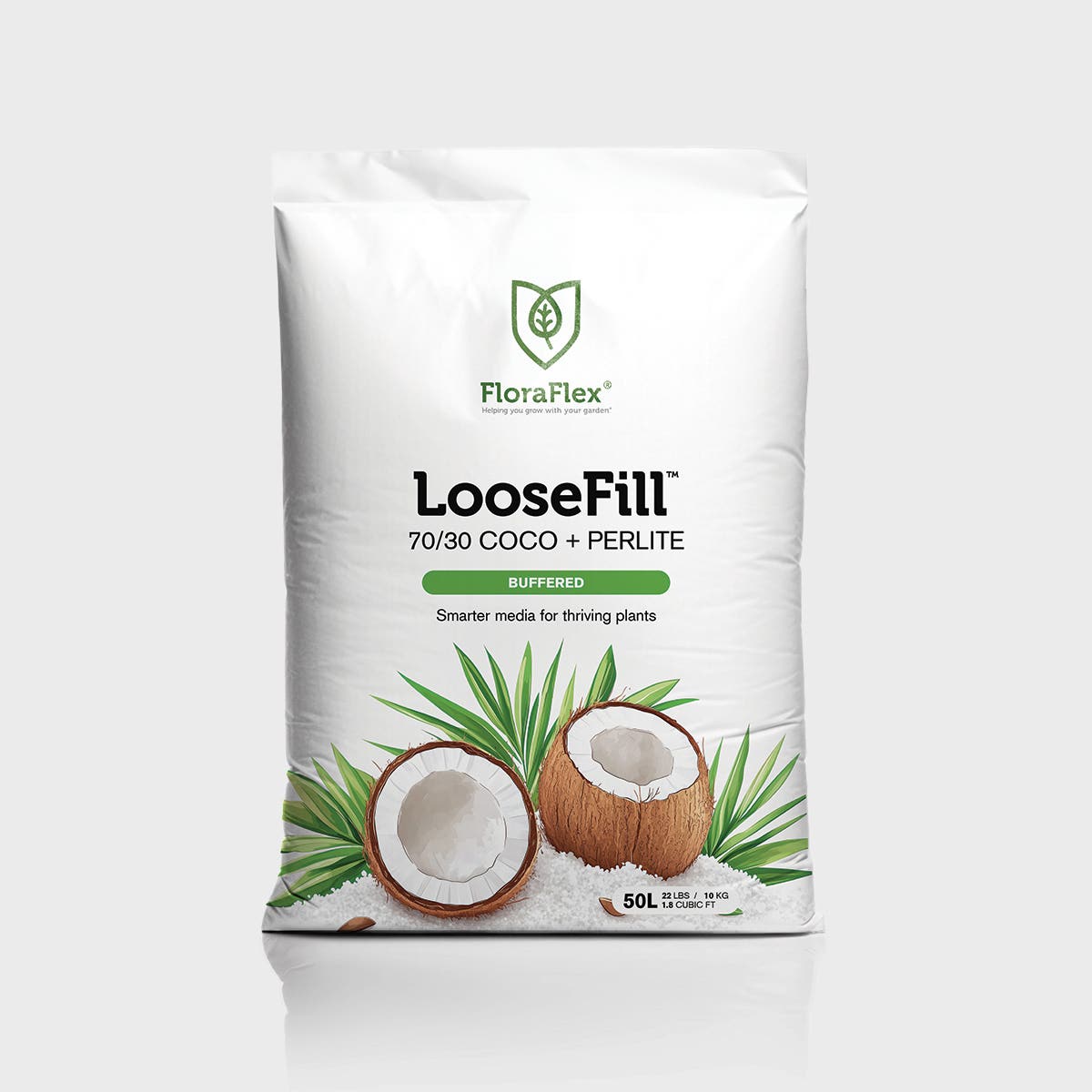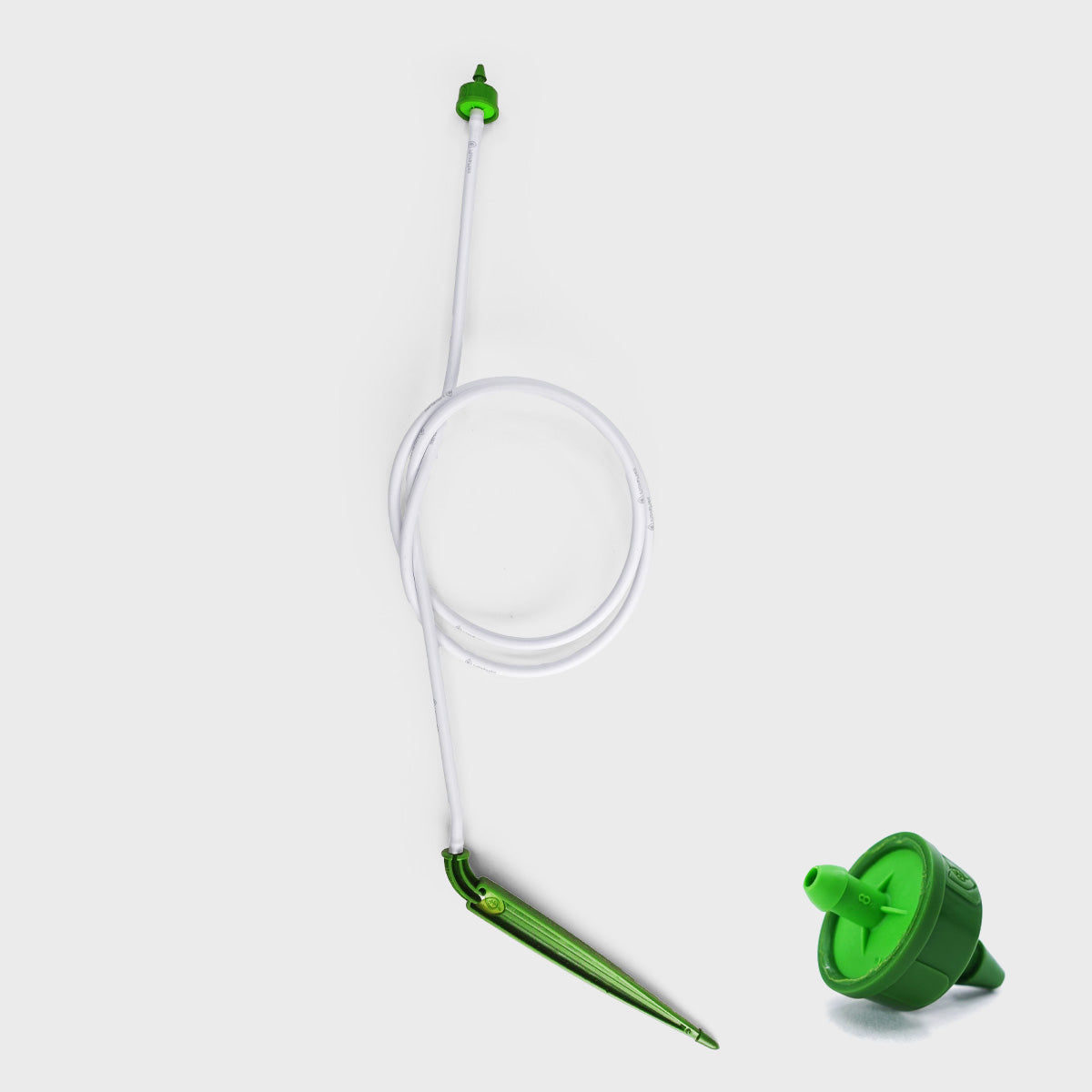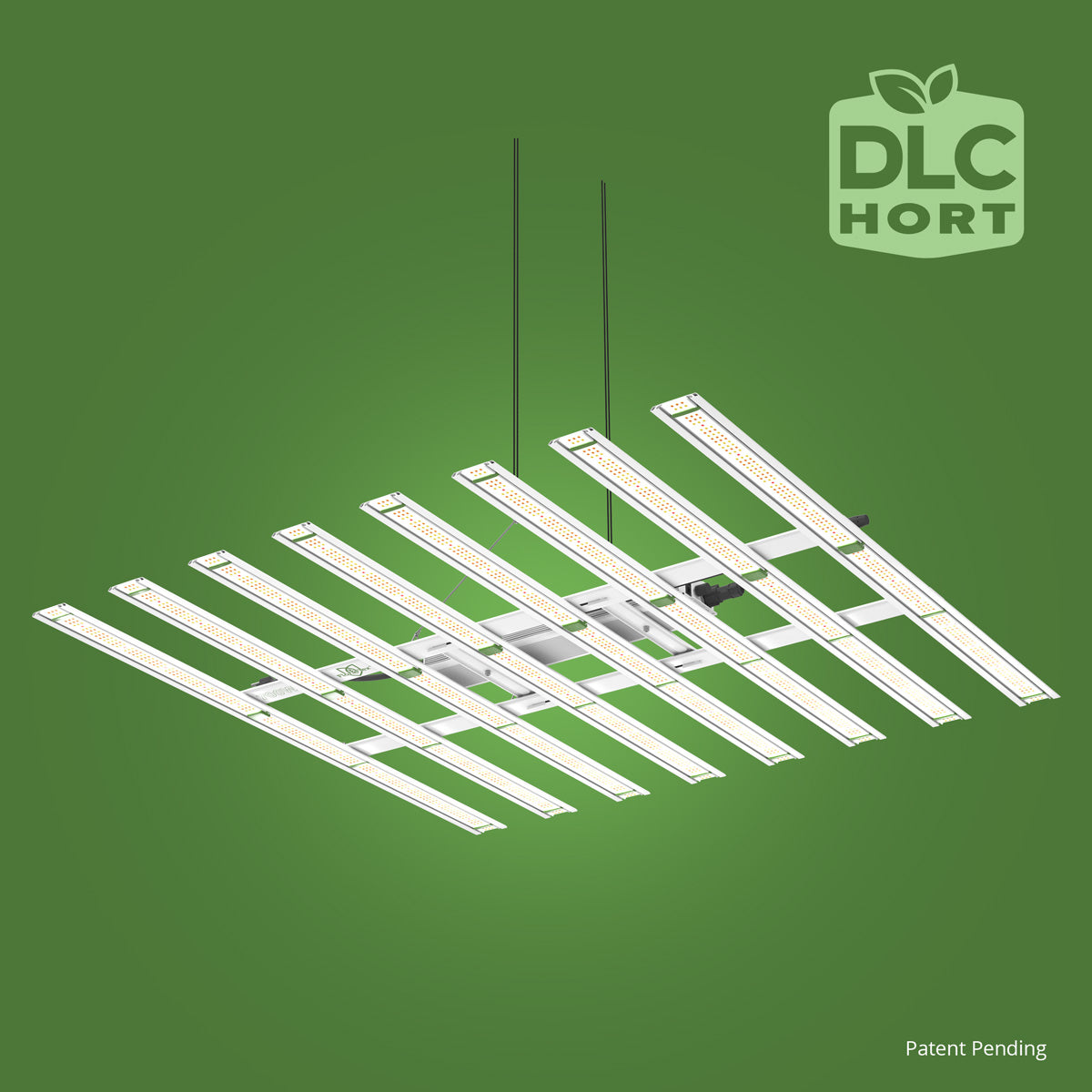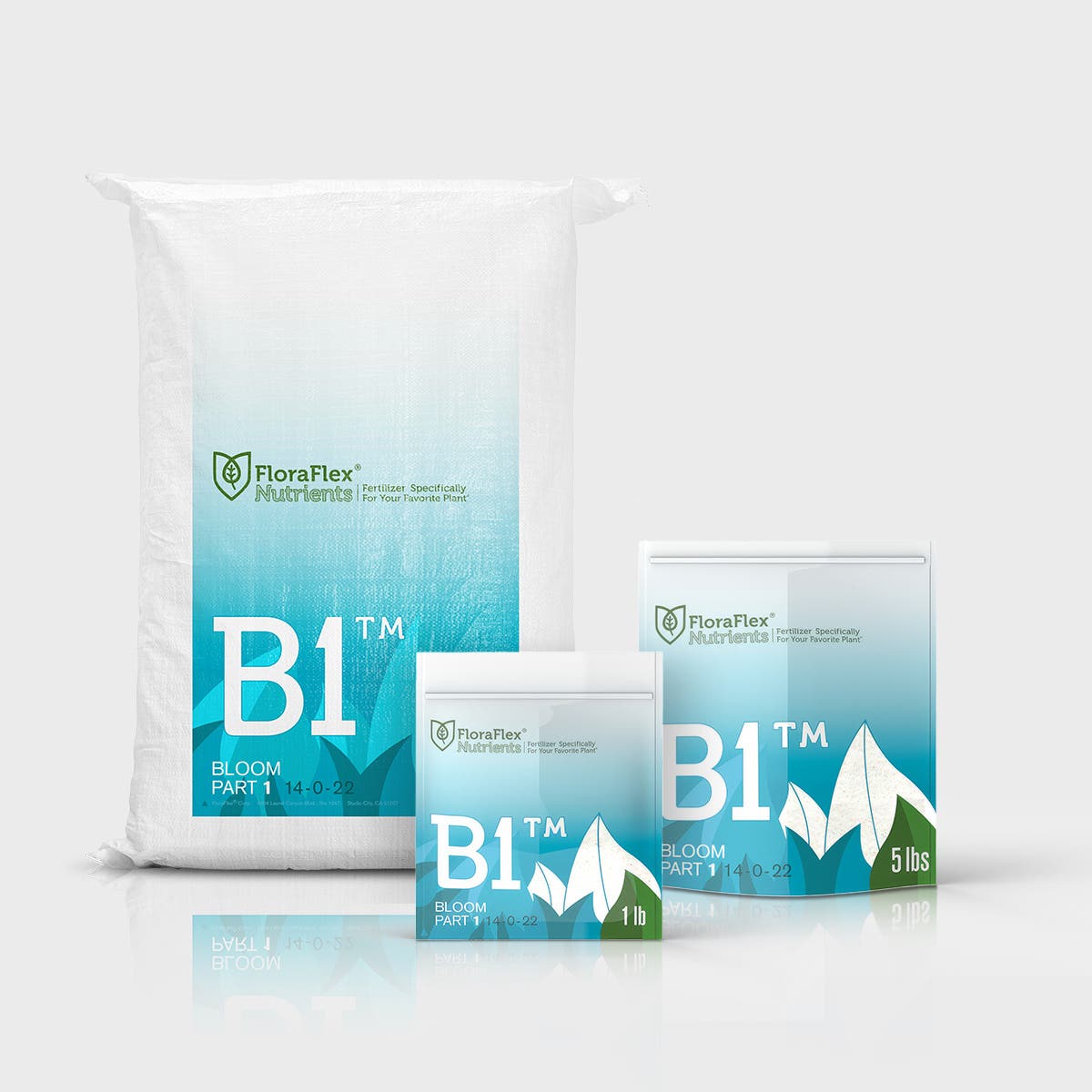{{widget type="Magento\Cms\Block\Widget\Block" template="widget/static_block/default.phtml" block_id="736"}}Full spectrum LED grow lights have revolutionized indoor gardening and commercial horticulture, offering a versatile and efficient solution for plant cultivation. Unlike traditional lighting systems, full spectrum LEDs mimic natural sunlight, providing plants with the wavelengths they need for optimal growth. This comprehensive guide delves into the benefits of full spectrum LED lights, their impact on various growth stages, and why they are becoming the preferred choice for gardeners and commercial growers alike.
The Science Behind Full Spectrum LED Lights
Full spectrum LED lights are designed to emit a broad range of wavelengths, from ultraviolet to infrared. This range closely replicates the natural sunlight that plants have evolved under for millions of years. The sun emits light across the entire spectrum, and each wavelength plays a unique role in plant development. By using full spectrum LEDs, growers can ensure that their plants receive the full range of light they need to thrive.
Photosynthesis and Light Spectrum
Photosynthesis is the process by which plants convert light energy into chemical energy, using it to fuel their growth and development. Different wavelengths of light are absorbed by plant pigments, with chlorophyll being the most well-known. Chlorophyll absorbs light most efficiently in the blue (450-495 nm) and red (620-750 nm) regions of the spectrum, making these wavelengths crucial for photosynthesis. Full spectrum LEDs provide a balanced light environment, ensuring that plants receive adequate blue and red light for photosynthesis.
Vegetative Growth and Blue Light
During the vegetative stage, plants focus on developing strong stems and lush foliage. Blue light (450-495 nm) is particularly important during this phase as it promotes chlorophyll production and encourages compact, bushy growth. Full spectrum LEDs provide an ample amount of blue light, supporting robust vegetative development and preparing plants for the flowering stage.
Flowering and Red Light
As plants transition to the flowering stage, red light (620-750 nm) becomes increasingly important. Red light promotes the development of buds and flowers, enhancing the overall yield and quality of the harvest. Full spectrum LEDs deliver a balanced amount of red light, ensuring that plants receive the energy they need to produce abundant flowers and fruits.
Beyond Blue and Red: The Importance of Other Wavelengths
While blue and red light are critical for photosynthesis and growth, other wavelengths also play essential roles in plant development. For instance, ultraviolet (UV) light can increase the production of secondary metabolites, which can enhance the flavor, aroma, and medicinal properties of certain plants. Infrared (IR) light, on the other hand, can influence flowering and stretching. Full spectrum LEDs provide these additional wavelengths, offering a more comprehensive light environment that supports all aspects of plant growth.
Energy Efficiency and Environmental Benefits
One of the significant advantages of full spectrum LED lights is their energy efficiency. Compared to traditional lighting systems like high-pressure sodium (HPS) or metal halide (MH) lamps, LEDs consume significantly less power while delivering the same or even higher levels of light intensity. This efficiency translates to lower energy bills and a reduced carbon footprint, making LED lights an environmentally friendly choice for both hobbyist and commercial growers.
Durability and Longevity
Full spectrum LED lights are known for their durability and long lifespan. High-quality LEDs can last for up to 50,000 hours or more, significantly reducing the need for frequent replacements. This longevity not only saves money in the long run but also reduces waste, contributing to a more sustainable gardening practice.
Modern full spectrum LED grow lights come with advanced features that allow growers to customize and control the light environment. Dimming capabilities, spectrum tuning, and programmable light cycles enable precise adjustments to meet the specific needs of different plants and growth stages. This level of control ensures optimal light conditions, promoting healthier and more productive plants.
Healthier Plants and Higher Yields
The comprehensive light coverage provided by full spectrum LEDs results in healthier plants with higher yields. Plants grown under full spectrum lights exhibit improved vigor, faster growth rates, and greater resistance to pests and diseases. The balanced light environment supports all aspects of plant development, from root formation to flowering, leading to more abundant and higher-quality harvests.
Applications in Various Cultivation Settings
Full spectrum LED lights are versatile and suitable for a wide range of cultivation settings. Whether you are growing leafy greens, herbs, flowers, or fruiting plants, full spectrum LEDs can be tailored to meet the specific requirements of your crops. Indoor gardens, greenhouses, and vertical farming operations can all benefit from the efficiency and effectiveness of full spectrum LED lighting.
Embracing the Future of Indoor Gardening
The adoption of full spectrum LED grow lights marks a significant advancement in indoor gardening and commercial horticulture. By providing a light environment that closely mimics natural sunlight, full spectrum LEDs support optimal plant growth and development. Their energy efficiency, durability, and customizability make them an attractive choice for growers looking to maximize their yields while minimizing their environmental impact. As technology continues to evolve, full spectrum LED lights are poised to become an essential tool for successful and sustainable plant cultivation.
Learn more about the all-new FloraFlex® 700W Full Spectrum LED - Only $375

